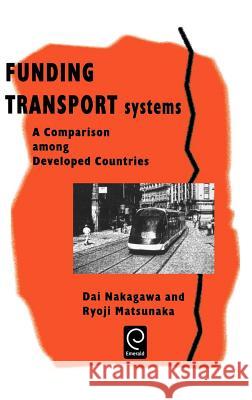Funding Transport Systems: A Comparison Among Developed Countries » książka
Funding Transport Systems: A Comparison Among Developed Countries
ISBN-13: 9780080430713 / Angielski / Twarda / 1998 / 204 str.
Our transportation networks are the basic infrastructure supporting our daily life and economic activities and are in constant need of improvement and maintenance - but who should pay for their improvement? The state through direct and indirect taxes? The user through tolls and fares? The transport operator? And who should pay for the environmental impact? This book discusses the basic concept and practical conditions of financial resources for transportation systems. After describing the theoretical basis of burden, the book introduces the policies and financial systems established for transportation in some developed countries (Germany, France, UK, USA, Japan) and compares them from an analysis viewpoint. The book then offers a methodology for comparing the structure of financial resources and presents calculations based on the investment amounts the different groups (eg. transport operators, the state) must contribute to sustain and improve the transport system. In the first half of the book, the focus is on what positions each country takes in regard to: the responsibility of the public sector and the range of participation by the private sector; the balance of burden covered by general funds and that covered by users; and, the balance of burden covered by present financial resources and that as set aside for the future as debt. The second half clarifies how such national policies are reflected in the actual financial resources. Here, after a detailed review of the financial systems related to transportation in various countries, a methodology for an international comparison of financial resources for the improvements of transportation systems is shown.











